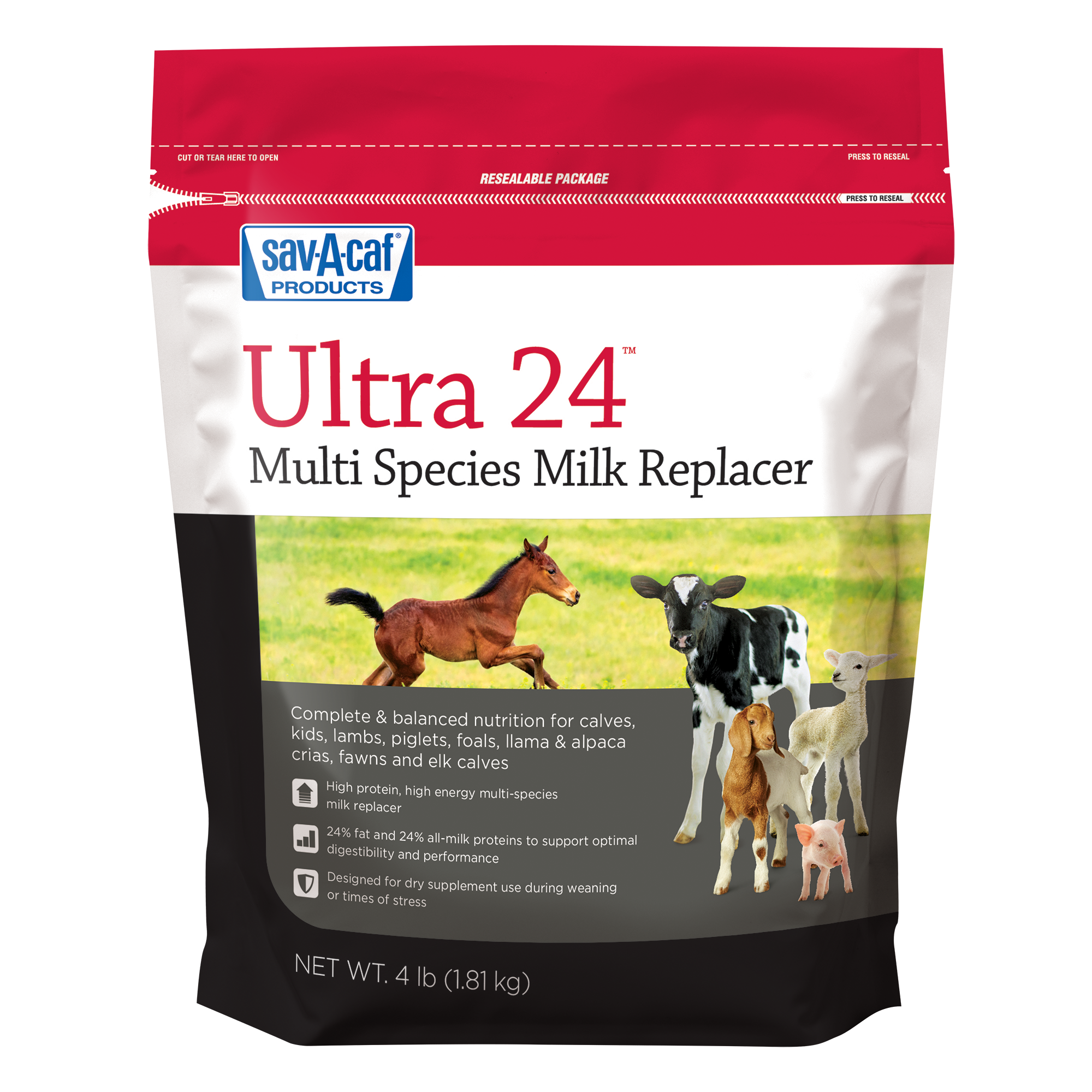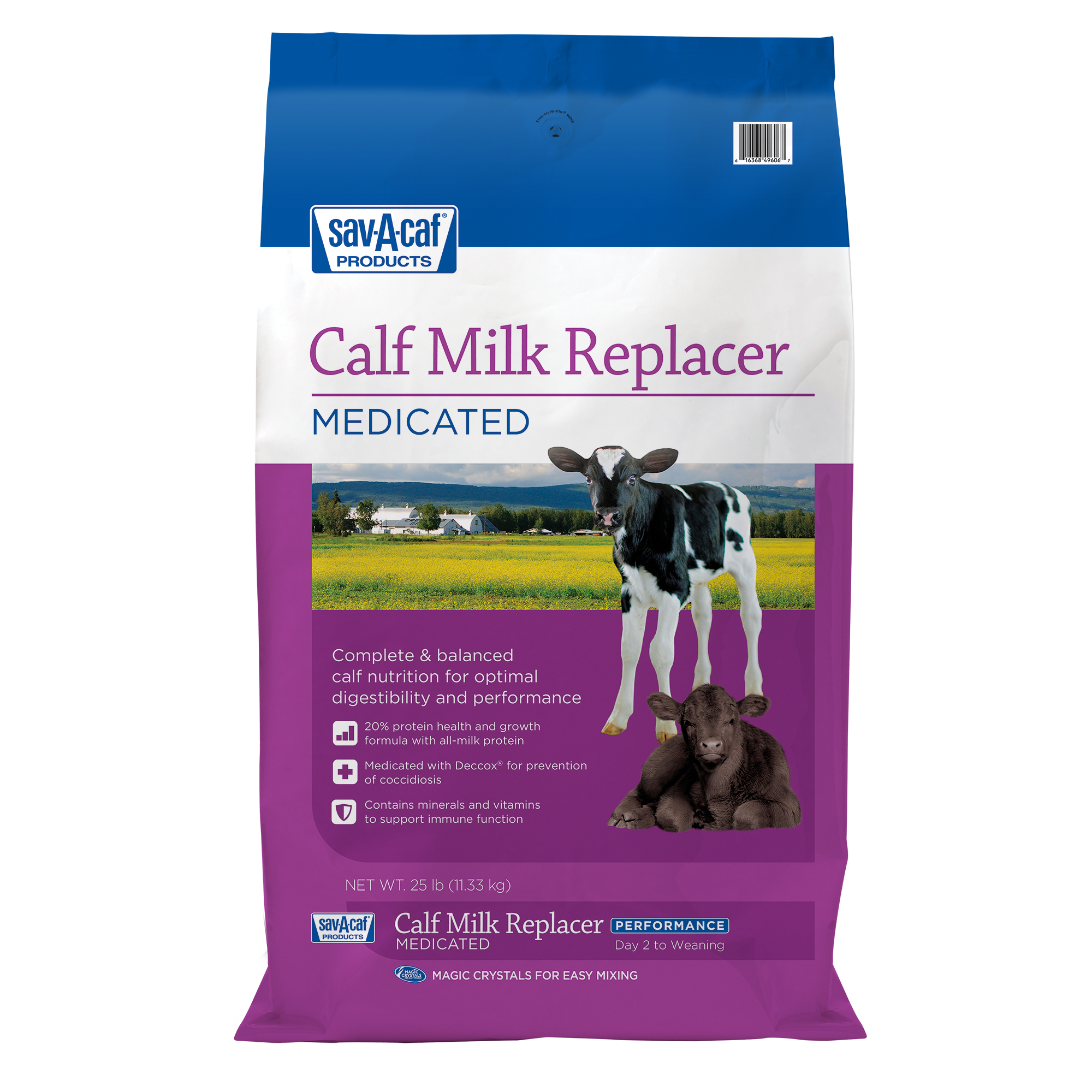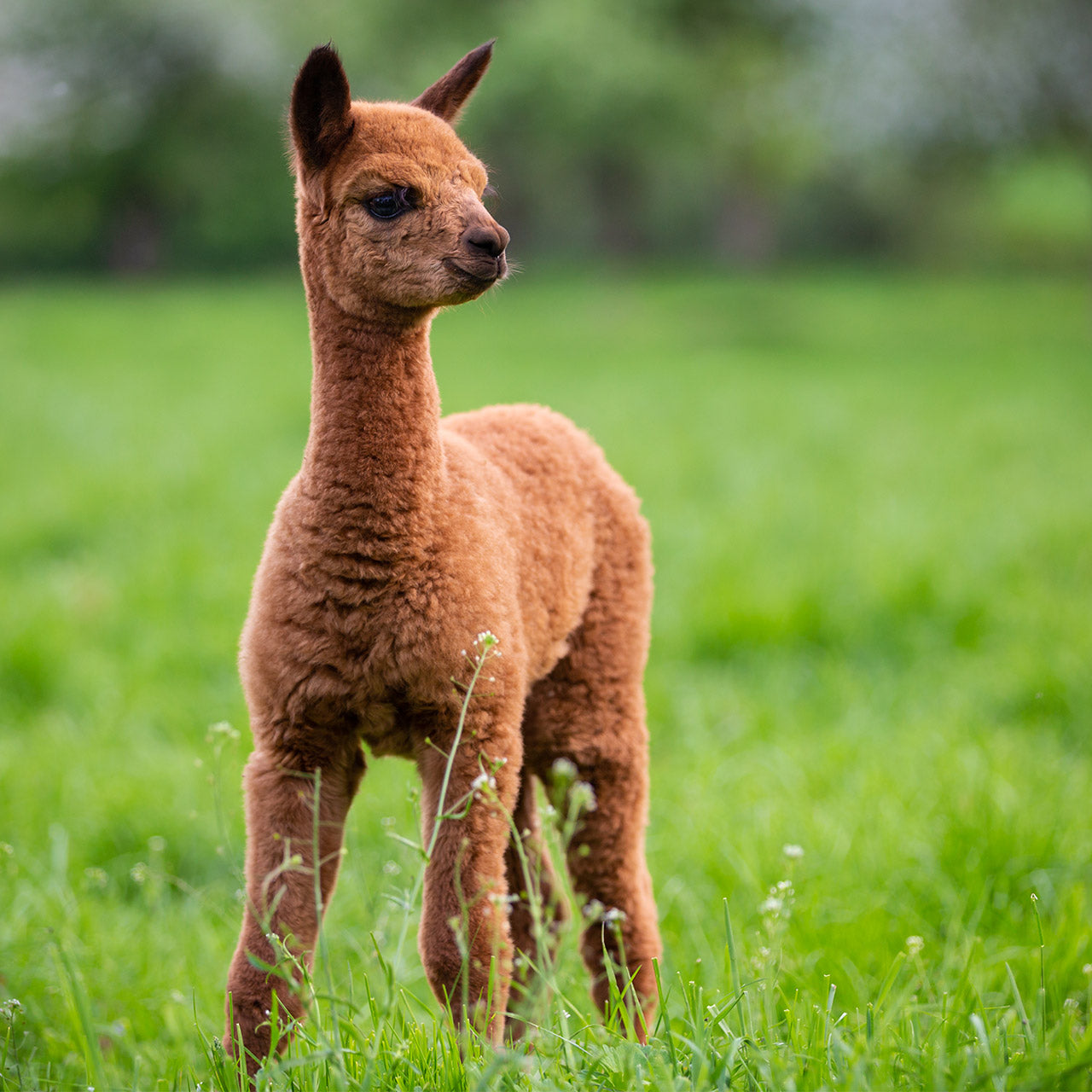
Feeding your baby cria: Day one through weaning
So you have a newborn cria on the way? Congratulations! A long healthy life for your new special friend all starts with proper nutrition in the first moments they are born. Keeping up with their quickly changing needs will help get your new alpaca or llama off to a strong nutritional start.
Day 1
Within the first two hours of your cria’s life, they will naturally begin nursing to take advantage of the immense immune benefits of the mother’s colostrum. Sometimes, however, they may be unable or unwilling to nurse during this time. In other instances, the cria’s mother may have tested positive for a disease that can be transmitted by colostrum, such as Johne’s disease, which means the colostrum shouldn’t be fed to the cria. If this is the case, you will need to know how to provide those nutritional benefits to them yourself.
In these critical first moments when your cria is unable or unwilling to nurse, feed them a colostrum replacer or supplement to ensure they receive adequate nutrition. Sav-A-Caf® Multi-Species Colostrum Supplement is great to start bottle feeding your cria within four hours with four to six feedings the first day. This is when they are best equipped to absorb the critical nutrients in the formula.
Days 2-14
Switch to milk replacer for crias who are not nursing naturally or adequately after 24-48 hours. This will be important to their development and should be their primary source of nutrition in the first few months until weaning. It is essential to choose a milk replacer with at least 24% protein, such as Ultra 24™Multi-Purpose Milk Replacer, to provide the optimal blend of energy, protein, vitamins and minerals for healthy cria development. It’s best to feed milk replacer by bottle or pail four times per day because smaller, more frequent feedings can increase digestibility and minimize digestive upset.
Days 15 to Weaning
In the next coming weeks, continue to feed your cria milk replacer three to four times per day or allow them to nurse. At the start of the third week, you can begin feeding your cria goat kid or lamb starter or creep feed concentrate in a location that is not easily accessible by the mother or other mature llamas or alpacas. You may also want to introduce forage to the cria to nibble on during this time. Fine-stemmed hay or pasture are best to feed at this age for optimal digestion.
Llamas and alpacas are modified ruminants. This means they have a multi-chambered stomach built for digesting large quantities of forage, and this early feeding helps jump-start their rumen development.
Weaning
When it comes time to wean your cria, make the process as easy as possible. Make sure they weigh three times their birth weight and are eating at least 1 pound of concentrate feed per day and free-choice forage and water. This is typically around 6-10 weeks of age. What’s most important to ensure before beginning weaning is that the cria is regularly consuming ample nutrition from forage and hay.
Lastly, never forget to make sure your cria is staying hydrated with enough water. Water is one of the most important elements of their nutrition. Keeping their water fresh and clean will encourage the cria to drink adequately.
Get more care and nutrition tips for your crias and follow My Farm Journey on Facebook and Instagram for additional insights.
Find Solutions for Your Animals
-
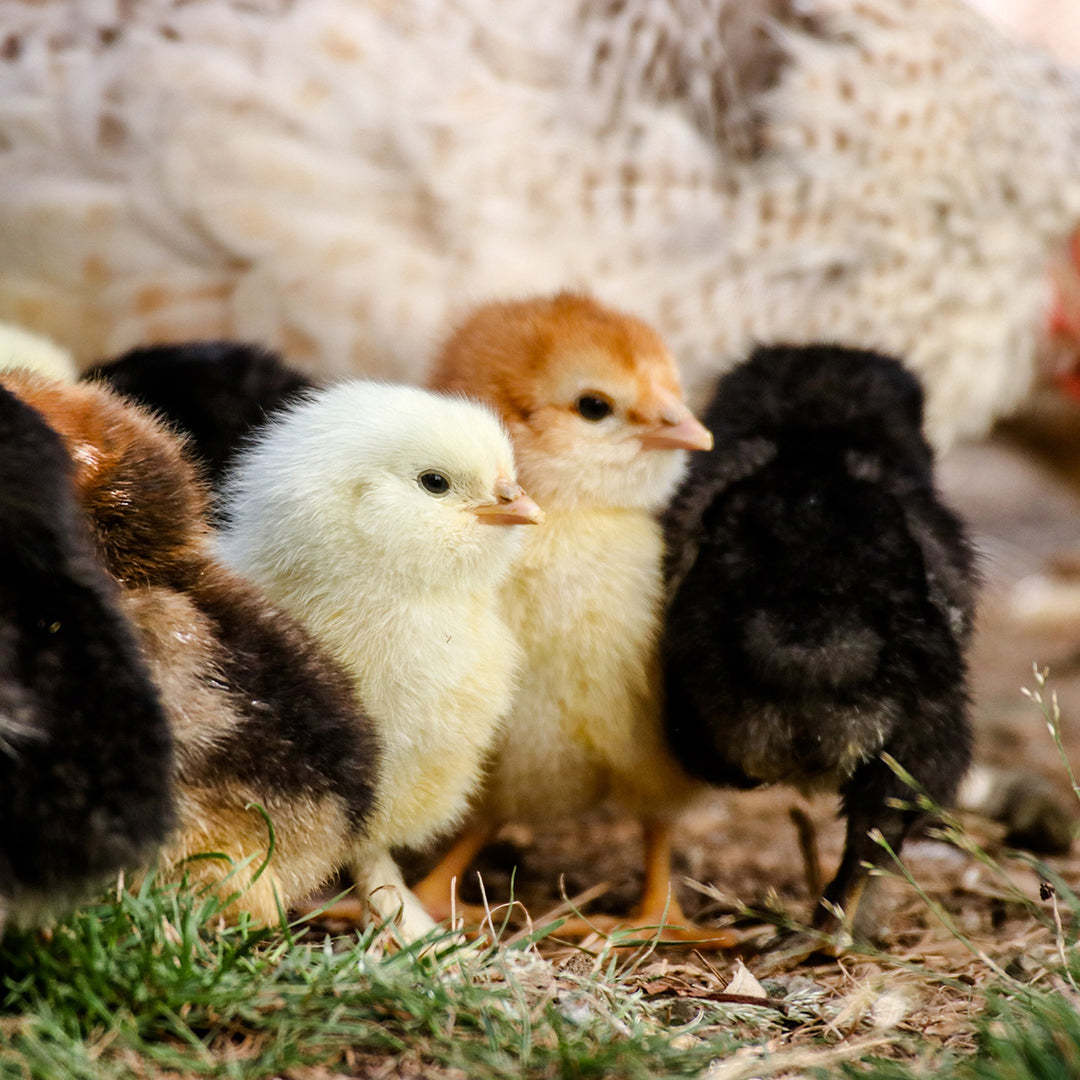
January 11, 2022
Whether housed in a coop or free ranging on your farm, your birds are exposed to multiple threats every day that could cause illness or impact their well-being. Now there’s a way to be more proactive with regular support for...
-
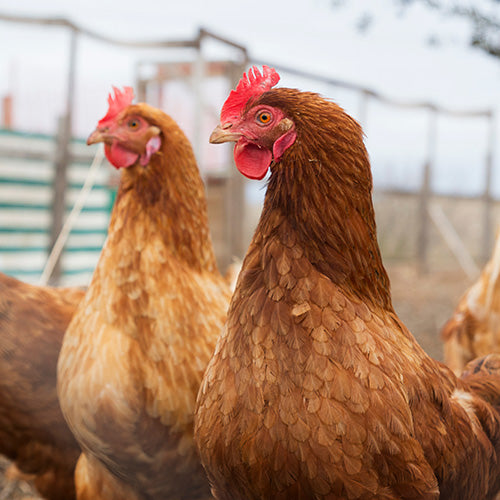
April 6, 2022
You’ve raised your chicks to adulthood and now they’re fully feathered hens. Way to go! Now, you get to enjoy their eggs and companionship for years to come. To maximize their life, support their production potential and kee...

